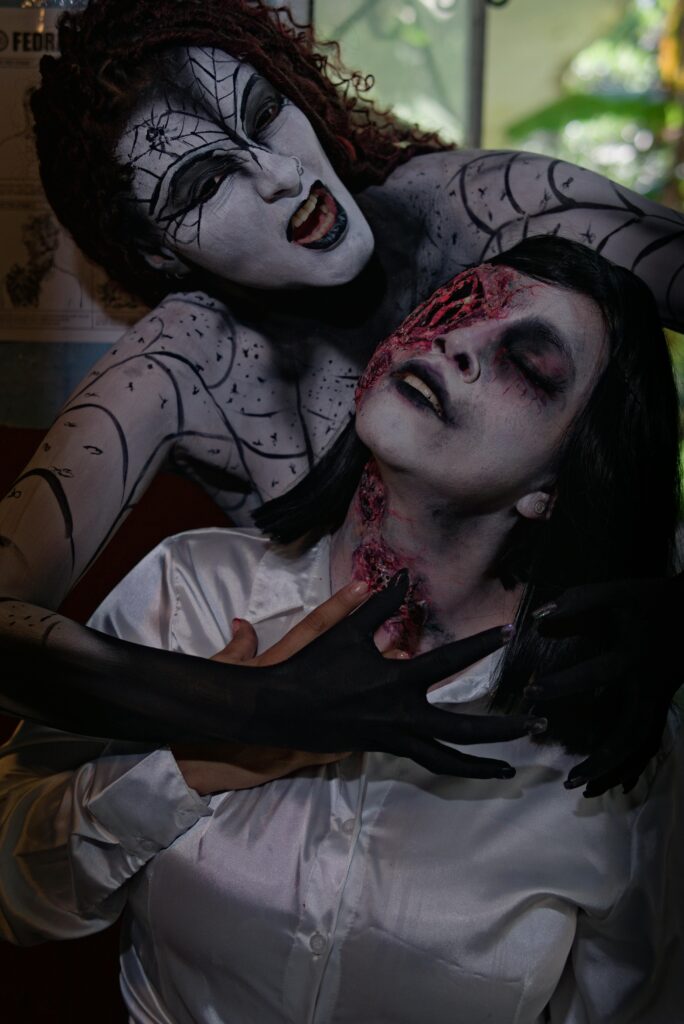Dramatic irony is a powerful literary device that occurs when the audience possesses knowledge that certain characters do not, creating tension, humor, or suspense within a narrative. This technique engages viewers by allowing them to anticipate the unfolding of events, often leading to a deeper emotional connection with the story.
Understanding Dramatic Irony
At its core, dramatic irony involves a discrepancy between a character’s understanding of a situation and what the audience knows to be true. This contrast can lead to various effects, such as heightened suspense, comedic relief, or profound tragedy. The effectiveness of dramatic irony lies in its ability to involve the audience more deeply, as they become privy to information that influences their perception of the unfolding events.
Types of Irony: Differentiating Dramatic Irony
To fully grasp dramatic irony, it’s essential to distinguish it from other forms of irony:
Verbal Irony
Verbal irony occurs when a speaker says something but means the opposite, often for humorous or emphatic effect. For example, after a disastrous event, someone might say, “Well, that went well,” implying the exact opposite.
Situational Irony
Situational irony arises when there is a stark contrast between the expected outcome and the actual result. An example would be a fire station burning down, which is unexpected given its purpose.
Unlike these forms, dramatic irony specifically involves the audience’s superior knowledge compared to the characters, leading to unique narrative effects.
Stages of Dramatic Irony
Dramatic irony typically unfolds in three stages:
Preparation
In this initial phase, the audience is provided with critical information that the characters lack. This setup is crucial for building the foundation of dramatic irony.
Suspension
During suspension, the narrative develops, and the audience anticipates the moment when the character will discover the truth. This stage is marked by tension and engagement, as viewers are eager to see how the character will react upon revelation.
Resolution
The resolution occurs when the character finally uncovers the truth, leading to a climax that can evoke various emotional responses, depending on the story’s context.
Examples of Dramatic Irony in Literature and Film
Dramatic irony has been effectively employed across various genres and mediums. Here are some notable examples:
Shakespeare’s “Othello”
In “Othello,” the audience is aware of Iago’s deceitful nature and his manipulation of Othello, while Othello himself remains oblivious. This knowledge creates tension as viewers anticipate the tragic consequences of Iago’s schemes.
Sophocles’ “Oedipus Rex”
In this classic tragedy, the audience knows that Oedipus is the cause of the plague afflicting Thebes, as he has unwittingly killed his father and married his mother. The dramatic irony intensifies as Oedipus seeks the truth, unaware of his own guilt.
Alfred Hitchcock’s “Psycho”
In “Psycho,” viewers are aware that Norman Bates is the murderer, while the characters investigating the crimes are not. This knowledge heightens suspense, as audiences anticipate the characters’ fates.
“The Truman Show”
In “The Truman Show,” the audience knows that Truman’s entire life is a fabricated reality show, while he remains unaware. This dramatic irony adds layers of meaning to his quest for truth and freedom.
Common Questions About Dramatic Irony
- What is the purpose of dramatic irony? Dramatic irony serves to engage the audience by creating a gap between their knowledge and the characters’ understanding, leading to suspense, humor, or emotional depth.
- How does dramatic irony differ from other types of irony? Unlike verbal or situational irony, dramatic irony specifically involves the audience’s superior knowledge over the characters, influencing the narrative’s impact.
- Can dramatic irony be used in comedy? Yes, dramatic irony is often employed in comedies to create humorous situations where the audience knows more than the characters, leading to misunderstandings and comedic outcomes.
- Is dramatic irony only used in tragedies? No, while dramatic irony is prevalent in tragedies, it is also effectively used in comedies, thrillers, and other genres to enhance storytelling.
- How can writers effectively use dramatic irony? Writers can use dramatic irony by providing the audience with information that characters lack, carefully timing revelations to maximize emotional impact, and ensuring that the irony serves the story’s overall purpose.
Incorporating Dramatic Irony in Your Writing
To effectively incorporate dramatic irony into your writing:
- Plan the Information Disparity: Decide what information the audience will know that the characters do not, and determine how this will affect the narrative.
- Build Suspense: Use the audience’s knowledge to create anticipation and tension, leading them to invest more deeply in the story.
- Time the Revelation: Carefully choose when and how the characters will discover the truth to maximize emotional impact.
- Ensure Purposefulness: Make sure that the use of dramatic irony serves the story’s themes and character development, rather than being included for its own sake.
By thoughtfully integrating dramatic irony, writers can create more engaging and emotionally resonant narratives that captivate their audiences.
Conclusion
Dramatic irony is a versatile and impactful literary device that, when used effectively, can enhance storytelling by creating deeper connections between the audience and the narrative. By understanding its nuances and applications, writers can craft stories that resonate more profoundly with their readers or viewers.


